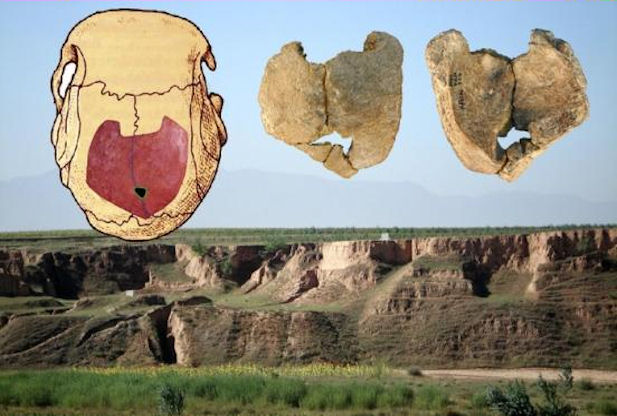
The skull - which was found at Xujiayao, a mountainous excavation site several hundred miles from the Mongolian border - contained an enlarged parietal foramen (EPF), or "hole in the skull," typically diagnosed as a rare genetic mutation in modern humans.
Using CT scans and 3-D imaging technology, the team was able to successfully produce a model of the highly fractured and fragmented skull. After the model was created, the team was clearly able to see the results of the congenital condition.
EPF, which appears in one out of every 25,000 modern human births, prevents the closure of the skull bones that typically occur within the first five months of fetal development. Based on the exceptionality of the genetic condition and other fossil evidence found in skulls from the same time period, the researchers theorized the genetic pools were very small in many Pleistocene communities.
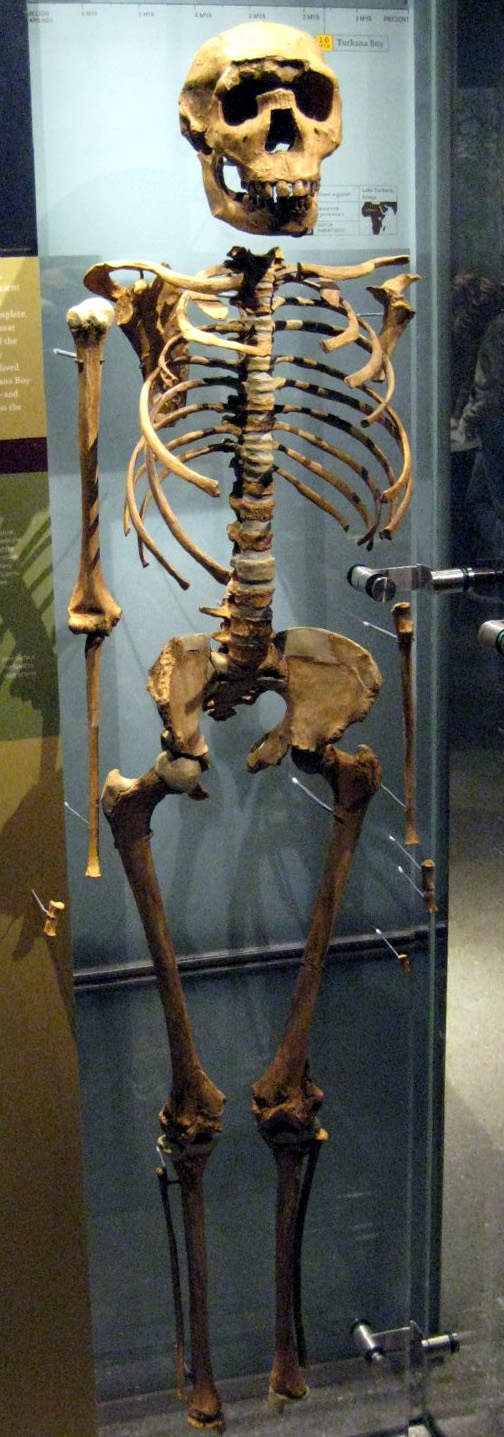
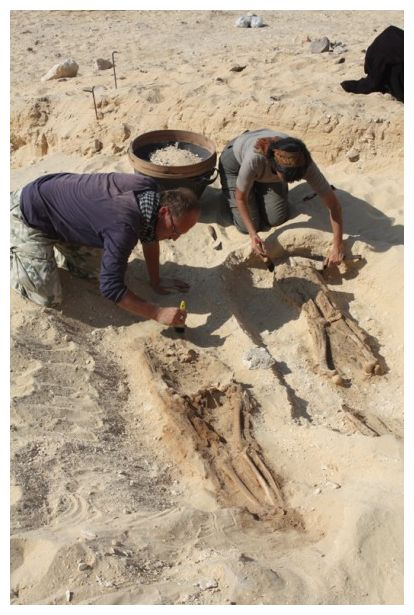
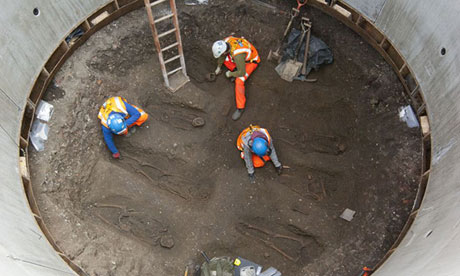


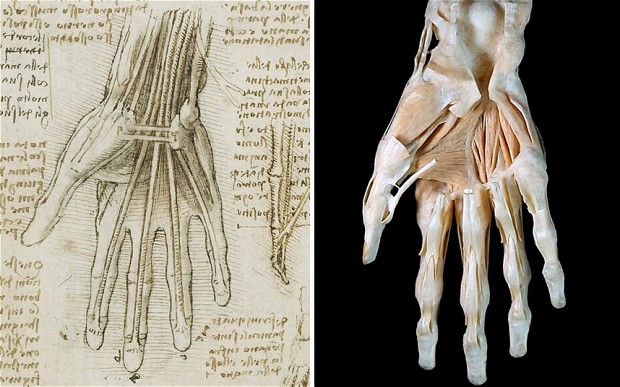





Comment: To find out more about the real cause of 'the Black Death', the following article and books Comets and the Horns of Moses are must-reads:
New Light on the Black Death: The Viral and Cosmic Connection
Celestial Intentions: Comets and the Horns of Moses
The Apocalypse: Comets, Asteroids and Cyclical Catastrophes